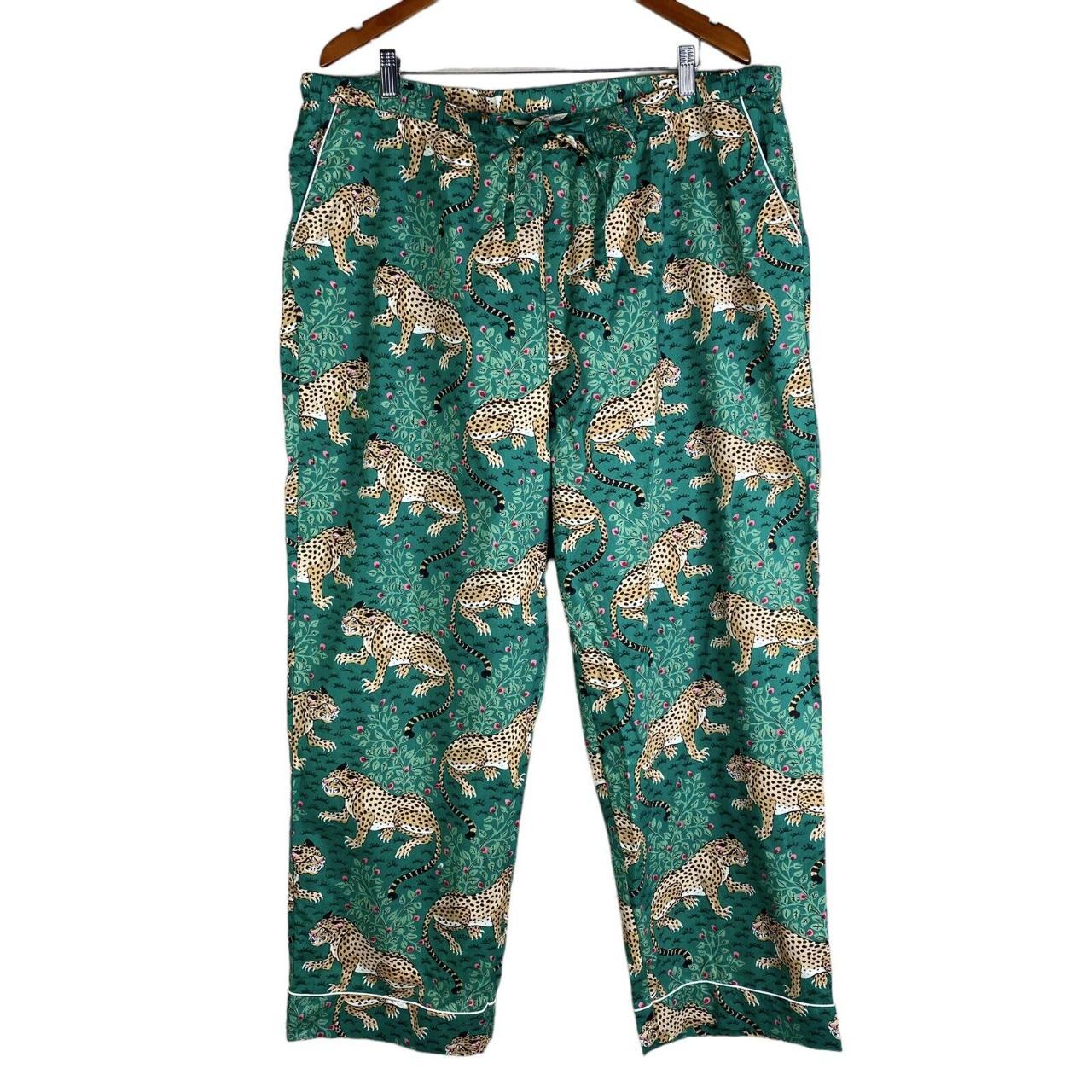

It's his art and that's what he's willing to sell the boards for. We don't set these prices by the way, Mr Shin does. If the wood is flawless (not having these marks is one criterion) then the Go board will obviously be more expensive, because it's even rarer. Sometimes (not always) the wood will develop these markings while drying. Remember that all of these bits of wood have been sitting there drying for more than a decade. They're marks that sometimes form on the surface of the wood as fluid leaves the board during the drying process. We asked Mr Shin, who makes these boards, about those lines when we first had the photos taken. How about giving people the benefit of the doubt, or at least asking us first? Seriously? I don't know whether to laugh or cry sometimes. I can't believe you guys honestly think we would try to sell a board with cracks in it! I can't believe they're trying to sell it for $10,000 with those giant cracks in the bottom! I hope that answers your question, let me know if there's anything else you want to know. It used to be that boards were only around 0.5 cm bigger, but now that we're able to look at boards that were made 50 or 100 years ago (and see how much they've shrunk), the trend is to add around 2 cm. Anyone who's going to spend thousands of dollars on a board would want to be able to leave it to their children or grandchildren, right? That's why these boards are bigger.

The extra space is hardly noticeable between individual intersections on the board (especially if you play with thick stones that appear bigger), but it's there to make sure that the board will never become too small to play on if it shrinks. However the wood will still shrink very slightly over the next 100 years or so. All of the boards you've linked to have already been dried for 10-20 years - to the point where the wood is very stable. This is because a Go board in that price range is intended to last for generations, and they're designed with that in mind. The whole board is in scale, but slightly larger. The grid (playing area) is a little bit bigger (almost imperceptibly to the eye) and the space around the edges is a bit bigger too. Very expensive Go boards are usually slightly bigger bobbykid. More time, effort, material and money go into making them top of the line so not as many corners are cut.īeautiful tenmasa board but I can't believe they're trying to sell it for $10,000 with those giant cracks in the bottom!Ĭould someone explain why the most expensive gobans are often a little wider and longer than the ones in lower price ranges?

Floor boards, Honestly I haven't really seen any but should such a difference exist I'd speculate that it's because table boards are far easier to make.Īnother reason could be that the "expensive" boards are just that, expensive. As a side note, the first picture with the thinner wood is the more expensive board. Kuroki's "Gallery of Wonderful Goods."īoth boards are in the hundreds of thousands of dollars range but the second one is obviously wider than the first though the two grids are the exact same size (in order to conform with the standard stones). This may be mere speculation on my part but grid itself is of the same standard size while the wood lining may be thicker or thinner depending on how much was cut or how much material is available.Ĭompare these two pictures from Mr. Chinese (only?) boards are simply square in shape.

Japanese (and other international boards) tend to have a slight rectangular shape so as to appear square to the players looking down. In short, you would expect more variability in length and width with floor boards given the above.Īre you referring to the grid or the whole board? The grid on all boards should be of the same standard size. The assumption here is that after the block has stabilized, the final dimensions are pretty much set. However, I remember watching a video (can't find the link now) where a floor board, or a very thick table board, was passed through a planer. Kaya is a soft wood and will fluctuate seasonally more than hard woods, which is why keeping your Kaya board in a consistent environment is important.įrom my understanding, the final dimensioning/finishing of Kaya floor boards is done with hand planes. How much movement (all things being equal) depends on the species. Wood moves and will move its entire "life." Thicker pieces are prone to more seasonal movement than thinner pieces, even after they've stabilized. These massive blocks are typically dried (stabilized) for 15 to 25 years depending on thickness – thick floor boards will shrink more substantially and less uniformly than thinner table boards. Complete speculation here, but it may be due to the initial dimensioning of the block being cut oversized to compensate for shrinkage.


 0 kommentar(er)
0 kommentar(er)
